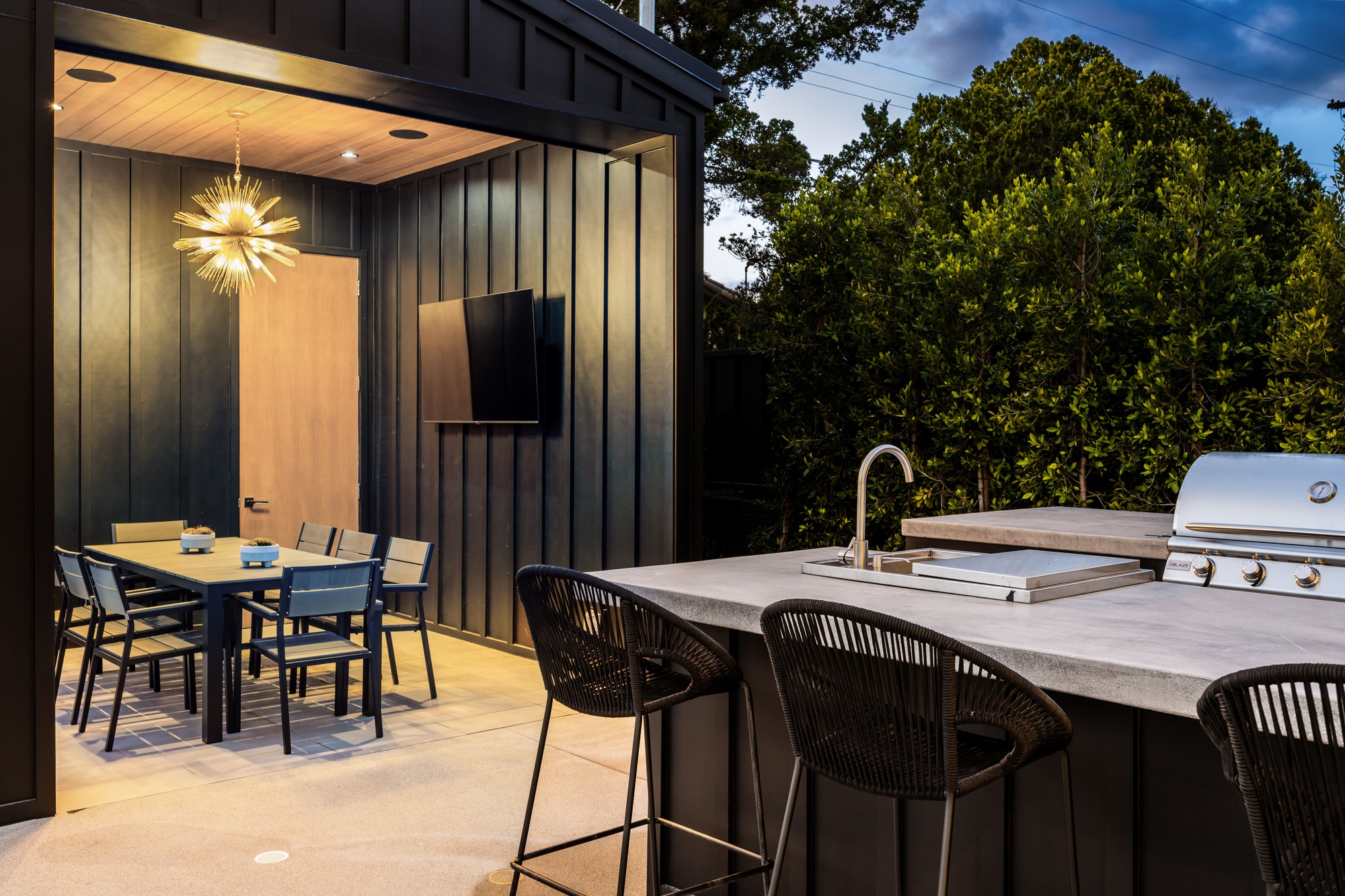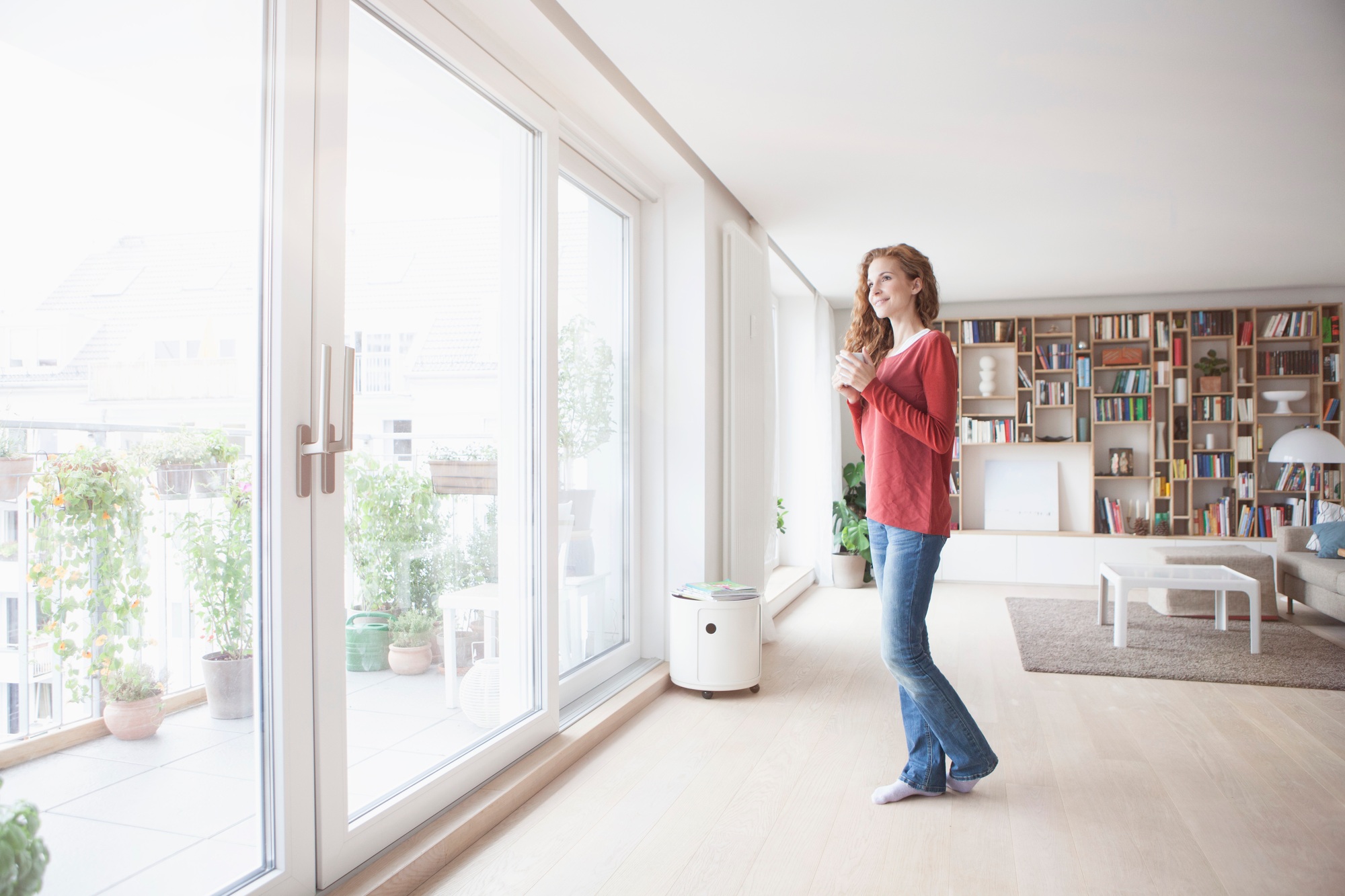Feng Shui, the ancient Chinese art of arranging living spaces, is centered on creating harmony between individuals and their environment. By incorporating Feng Shui principles into home design, you can promote a flow of positive energy, or Chi, which can enhance well-being, prosperity, and happiness. This blog introduces the basic principles of Feng Shui to help you create a more balanced and harmonious home.
The Fundamentals of Feng Shui
1. The Command Position
The command position is fundamental in Feng Shui and applies to the placement of key furniture pieces like the bed, desk, and stove. These items should be positioned so you can see the door when using them but are not directly in line with it. This placement provides a sense of security and control over your environment.
2. The Five Elements
Feng Shui emphasizes balance among the five elements: wood, fire, earth, metal, and water. Each element can be introduced through colors, shapes, and materials to maintain balance and harmony. For instance, wood can be incorporated through green hues and plants, symbolizing growth and vitality.
3. Clearing Clutter
Clutter is considered a significant blocker of positive Chi. By decluttering and organizing your space, you allow energy to flow freely, reducing stress and promoting clarity of mind.
4. Use of Color
Colors play a crucial role in Feng Shui, affecting mood and the flow of energy. For example, blue and green are calming and healing, making them perfect for bedrooms, while warm colors like red and orange can stimulate activity and are ideal for living areas.
5. Incorporate Natural Elements
Bringing natural elements into your home can enhance Chi. Incorporate plants, water features, and natural light to connect with nature and create a serene, uplifting environment.
Tips for Applying Feng Shui in Your Home
1. Entryway Chi
The entrance, or the “mouth of Chi,” is where energy enters your home. Keep this area bright, clear of clutter, and welcoming to invite positive energy.
2. Living Room Harmony
Arrange living room furniture in a way that promotes comfortable conversation and interaction. Ensure the space has a balanced mix of the five elements to support social connections and relaxation.
3. Peaceful Bedroom
Your bedroom should be a place of rest and rejuvenation. Use soft, soothing colors, and keep electronic devices out. The bed’s placement should offer a clear view of the door without being directly in line with it.
4. Kitchen Balance
The kitchen represents nourishment and wealth. Keep this area clean and organized, with the stove placed in a command position. Incorporate elements that represent all five elements to encourage balance.
Integrating Feng Shui principles into your home design isn’t about strict rules but rather about creating a more comfortable, harmonious environment that supports your well-being. By considering the flow of energy, the balance of elements, and the importance of organization, you can transform your living spaces into areas that nurture and inspire. Whether you’re redesigning your entire home or simply looking to make minor adjustments, Feng Shui offers timeless wisdom that can help create a more peaceful, balanced, and joyful living environment.








